267 results
Chapter 2 - Dramatic Hyperboles
-
- Book:
- Performing Ethics in English Revenge Drama
- Print publication:
- 27 June 2024, pp 78-110
-
- Chapter
- Export citation
Chapter 3 - Puritan Democracy
-
- Book:
- Democracy, Theatre and Performance
- Published online:
- 17 May 2024
- Print publication:
- 27 June 2024, pp 63-89
-
- Chapter
- Export citation
Chapter 5 - Ghosting Shakespeare’s Hamlet
-
- Book:
- Performing Ethics in English Revenge Drama
- Print publication:
- 27 June 2024, pp 162-198
-
- Chapter
- Export citation
Chapter 4 - Marking the Ground of Revenge
-
- Book:
- Performing Ethics in English Revenge Drama
- Print publication:
- 27 June 2024, pp 134-161
-
- Chapter
- Export citation
Chapter 26 - Britain
- from Part V - World Cultures Inspiration and Reception
-
-
- Book:
- Goethe in Context
- Published online:
- 16 May 2024
- Print publication:
- 23 May 2024, pp 254-262
-
- Chapter
- Export citation
4 - Nietzsche on the Task of the Poets in His Middle Writings
-
-
- Book:
- Nietzsche and Literary Studies
- Published online:
- 03 May 2024
- Print publication:
- 25 April 2024, pp 91-120
-
- Chapter
- Export citation
Chapter 19 - Literature
- from Part IV - Arts
-
-
- Book:
- Vaughan Williams in Context
- Published online:
- 28 March 2024
- Print publication:
- 04 April 2024, pp 161-168
-
- Chapter
- Export citation
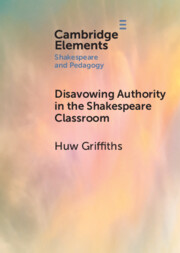
Disavowing Authority in the Shakespeare Classroom
-
- Published online:
- 02 April 2024
- Print publication:
- 25 April 2024
-
- Element
- Export citation
Chapter 3 - Caroline Watson and the Theatre of Printmaking
- from Part I - Self-Presentation and Self-Promotion
-
-
- Book:
- Female Printmakers, Printsellers, and Print Publishers in the Eighteenth Century
- Published online:
- 14 March 2024
- Print publication:
- 21 March 2024, pp 40-55
-
- Chapter
- Export citation
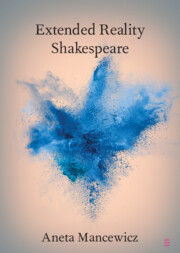
Extended Reality Shakespeare
-
- Published online:
- 26 February 2024
- Print publication:
- 06 June 2024
-
- Element
- Export citation
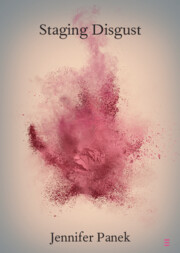
Staging Disgust
- Rape, Shame, and Performance in Shakespeare and Middleton
-
- Published online:
- 05 February 2024
- Print publication:
- 29 February 2024
-
- Element
- Export citation
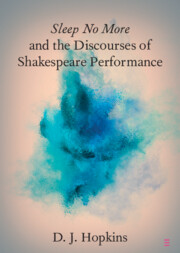
Sleep No More and the Discourses of Shakespeare Performance
-
- Published online:
- 24 January 2024
- Print publication:
- 22 February 2024
-
- Element
- Export citation
Introduction
-
- Book:
- Shakespeare's Tercentenary
- Published online:
- 13 January 2024
- Print publication:
- 21 December 2023, pp 1-21
-
- Chapter
- Export citation
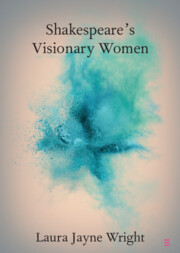
Shakespeare's Visionary Women
-
- Published online:
- 11 December 2023
- Print publication:
- 21 December 2023
-
- Element
- Export citation
1 - Introduction, Programme, Outline
-
- Book:
- Berlioz: <i>Symphonie Fantastique</i>
- Published online:
- 30 November 2023
- Print publication:
- 30 November 2023, pp 1-13
-
- Chapter
- Export citation
3 - Symphonie fantastique in Berlioz’s Lifetime
-
- Book:
- Berlioz: <i>Symphonie Fantastique</i>
- Published online:
- 30 November 2023
- Print publication:
- 30 November 2023, pp 34-47
-
- Chapter
- Export citation
Chapter 2 - From the Margins
-
- Book:
- Staging Female Characters in Shakespeare's English History Plays
- Published online:
- 23 November 2023
- Print publication:
- 16 November 2023, pp 54-100
-
- Chapter
- Export citation
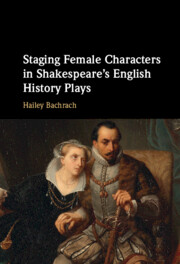
Staging Female Characters in Shakespeare's English History Plays
-
- Published online:
- 23 November 2023
- Print publication:
- 16 November 2023
Chapter 3 - History as Exclusion
-
- Book:
- Staging Female Characters in Shakespeare's English History Plays
- Published online:
- 23 November 2023
- Print publication:
- 16 November 2023, pp 101-136
-
- Chapter
- Export citation
Conclusion
-
- Book:
- Staging Female Characters in Shakespeare's English History Plays
- Published online:
- 23 November 2023
- Print publication:
- 16 November 2023, pp 171-177
-
- Chapter
- Export citation



